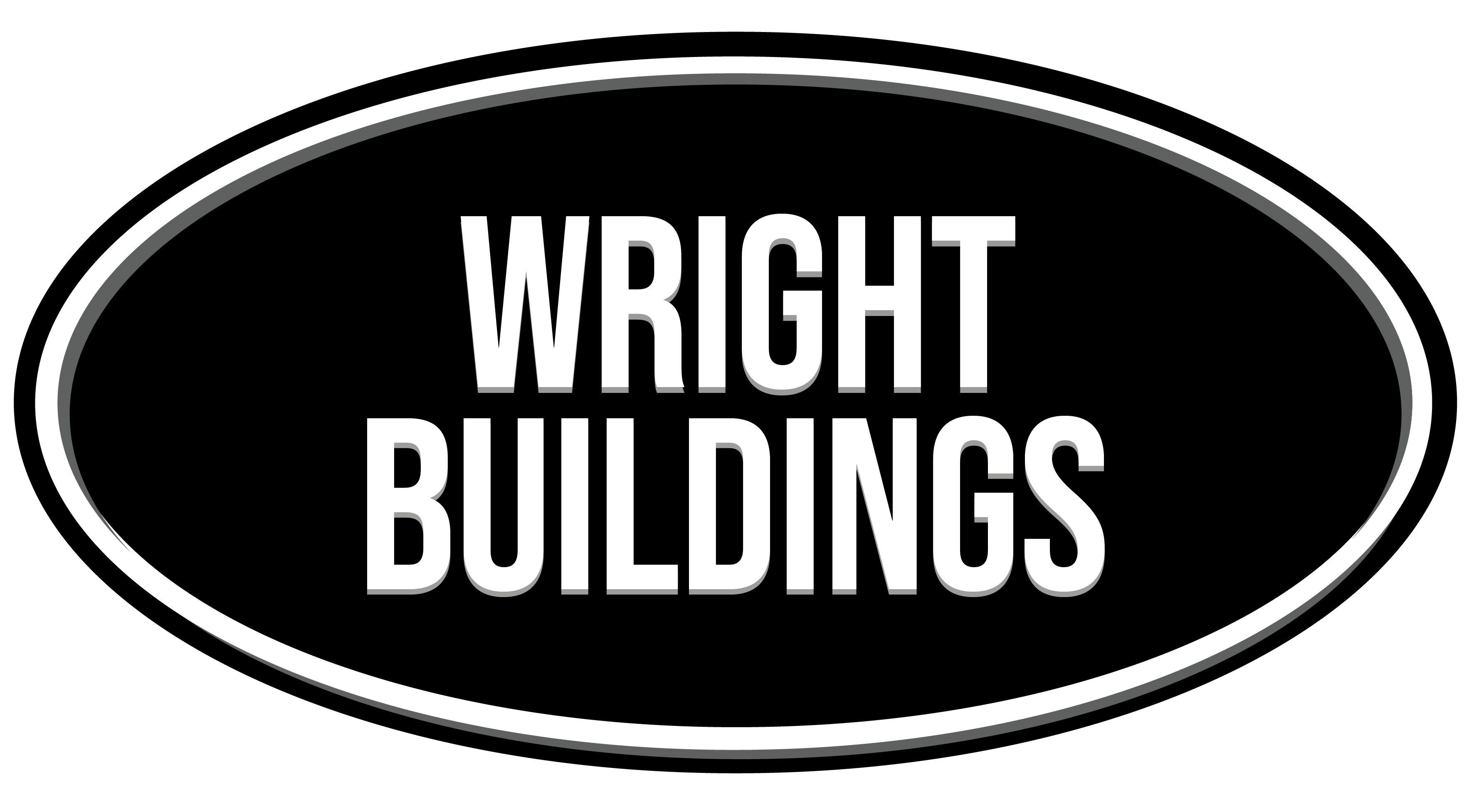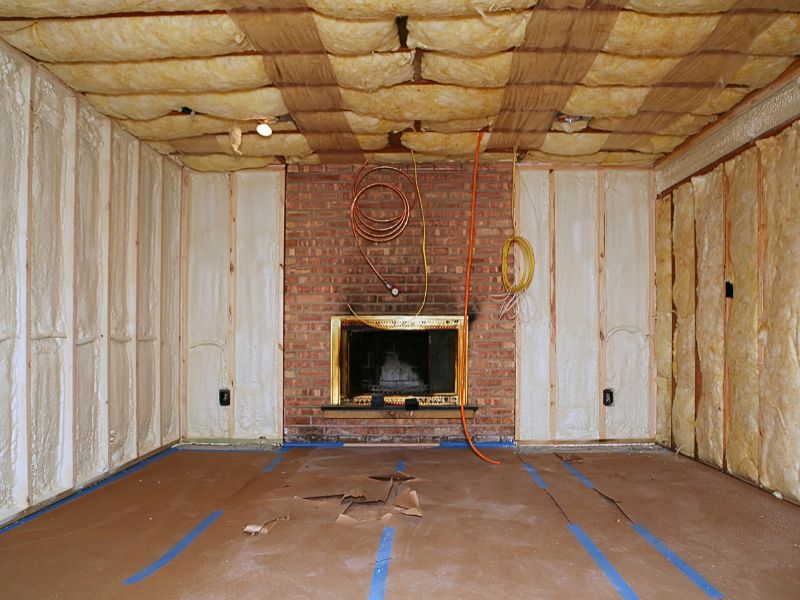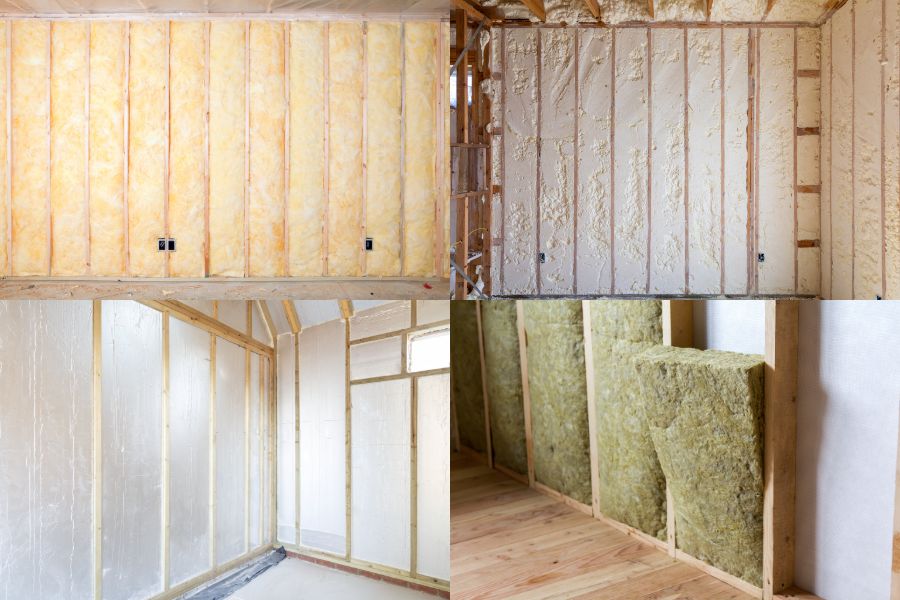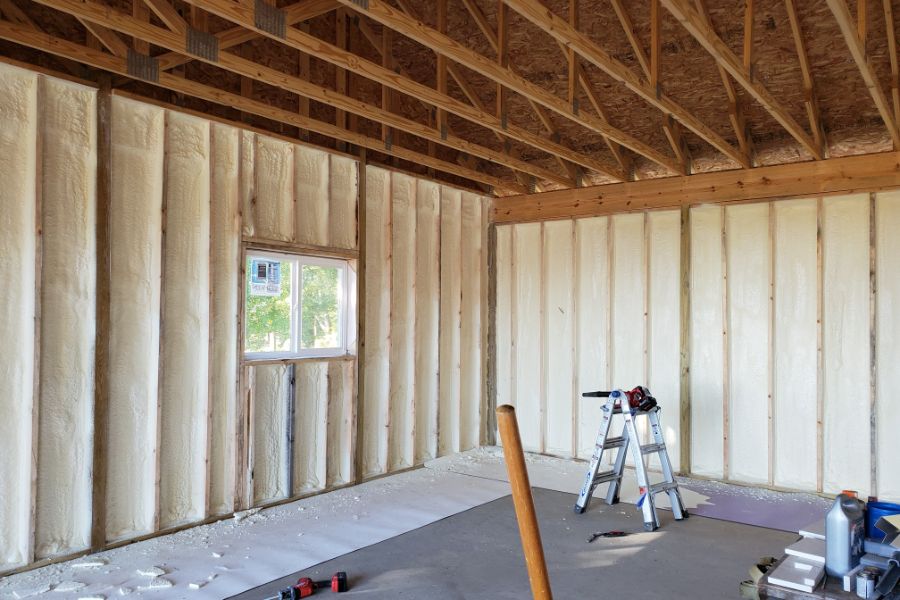You’ve built the perfect pole barn for your needs, whether it’s for storing equipment or creating a cozy workshop. But now, you’re faced with the task of insulating it. The question arises: What’s the cheapest way to insulate a pole barn without compromising quality?
In this guide, we’ll explore different insulation choices, factors to think about, and the advantages and disadvantages of each. This will help you in making a well-informed choice when insulating your pole barn.
What are the Considerations in Choosing the Cheapest Material for Insulation?
Before we get into the details of insulation materials, it’s important to grasp what factors affect your decision. Let’s look at the things that guide you toward the best, most affordable insulation options.
- Location and Purpose: Pole barns serve various functions, from storing machinery to housing workshops. Your location and the intended use of your barn determine whether you prioritize heat retention or prevention of moisture.
- Budget Constraints: Understanding your financial constraints is crucial. While cost-effectiveness is vital, compromising on quality may lead to long-term expenses.
- Comparison of Insulation Types: Researching different insulation options and their associated prices allows you to choose wisely.
With these considerations in mind, let’s delve into the realm of insulation materials to find the most economical option for your pole barn.
Different Insulation to Choose From and Their Pros and Cons
Now, let’s explore the various types of insulation available for pole barns and weigh their advantages and disadvantages to find the most cost-effective solution.
Rockwool Insulation:
- Pros:
- Durable and fire-resistant.
- Excellent heat retention and thermal insulation.
- Offers noise reduction benefits.
- Cons:
- Installation requires time and expertise.
- Heavy and may pose challenges during installation.
Fiberglass Insulation:
- Pros:
- Lightweight and inexpensive.
- DIY-friendly installation.
- Available in rolls for easy handling.
- Cons:
- Prone to mold growth if moisture seeps in.
- Requires replacement over time.
- Itchy particles can cause health issues.
Foam Board Insulation:
- Pros:
- Water-resistant and mold-resistant.
- Rigid panels add structural reinforcement.
- Customizable thickness and facings.
- Cons:
- Installation complexity may require professional help.
- Joints may allow airflow if not properly sealed.
Spray Foam Insulation:
- Pros:
- Durable and provides excellent air sealing.
- Reduces energy bills and prevents pest infestation.
- Environmentally safe and fire-resistant.
- Cons:
- Higher upfront cost compared to other options.
- Requires professional installation.
- Some brands may emit odors during installation.
Choosing the Cheapest Way to Insulate Your Pole Barn
With insights into various insulation types, it’s time to determine the most economical solution for insulating your pole barn.
Consider your budget, climate, and desired insulation performance when making your decision. While fiberglass insulation may be the cheapest upfront option, spray foam insulation offers long-term savings on energy bills. Foam board insulation strikes a balance between cost and performance, while rockwool insulation provides superior thermal efficiency at a higher cost.
Ultimately, the cheapest way to insulate your pole barn depends on your specific requirements and priorities.
Conclusion
Insulating your pole barn is essential for maintaining a comfortable environment and protecting your assets. While cost is a significant factor, it’s crucial not to compromise on quality. Whether you opt for fiberglass, foam board, spray foam, or rockwool insulation, ensure proper installation by consulting with professionals.
Remember, a well-insulated pole barn not only saves money on energy bills but also enhances the longevity of your structure. So, invest wisely in insulation to enjoy the benefits for years to come. And always remember, when in doubt, seek guidance from experienced contractors or professionals before embarking on any DIY insulation projects for your metal buildings.




Recent Comments